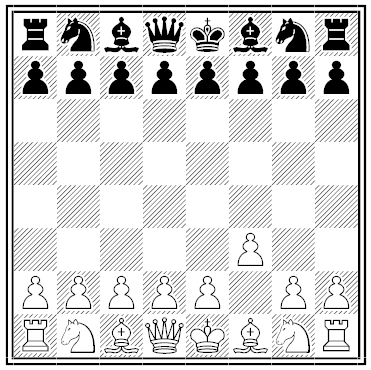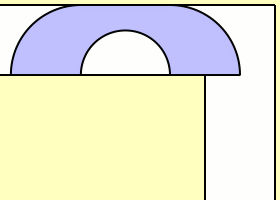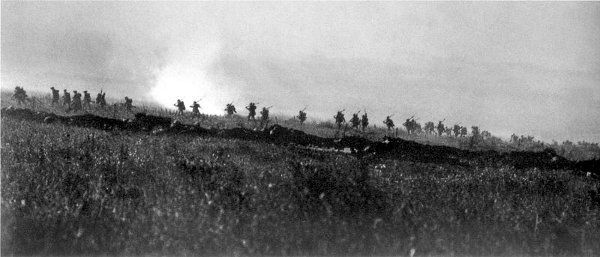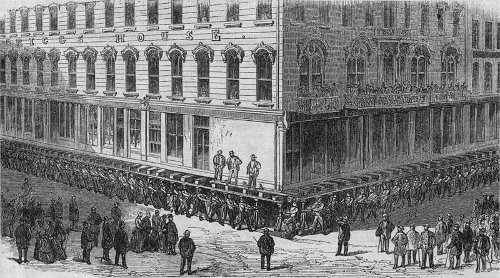This would be incredible if it weren’t so well documented — in the early 19th century a Frenchman known as Tarrare became famous as a “polyphagist,” an eater of everything. From the London Medical and Physical Journal, September 1819:
He would eat dogs and cats. One day, in the presence of the chief physician of the army, Dr. Lorence, he seized by the neck and paws a large living cat, tore open its belly with his teeth, sucked its blood, and devoured it, leaving no part of it but the bare skeleton: half an hour afterwards he threw up the hairs of the cat, just as birds of prey, and other carnivorous animals, do. Tarrare liked the flesh of serpents; he managed them familiarly, and ate alive the largest snakes (couleuvres) without leaving any part of them. He swallowed a large eel alive without chewing it, but we thought we perceived him crush its head between his teeth. He ate, in a few instants, the dinner prepared for fifteen German labourers: this repast was composed of four bowls of curdled milk, and two enormous hard puddings. After this the belly of Tarrare, commonly lank and wrinkled, was distended like a balloon: he went away, and slept until the next day, and was not incommoded by it. M. Comville, the surgeon-major of the hospital where Tarrare then was, made him swallow a wooden case, enclosing a sheet of white paper: he voided it the following day by the anus, and the paper was uninjured. The general-in-chief had him brought before him; and, after having devoured in his presence nearly thirty pounds of raw liver and lights, Tarrare again swallowed the wooden case, in which was placed a letter to a French officer, who was a prisoner to the enemy. Tarrare set out, was taken, flogged, imprisoned; voided the wooden case, which he had retained thirty hours, and had the address to swallow it again, to conceal the knowledge of its contents from the enemy. They tried to cure him of this insatiable hunger, by the use of acids, preparations of opium, and pills of tobacco; but nothing diminished his appetite and his gluttony. He went about the slaughter-houses and bye-places, to dispute with dogs and wolves the most disgusting aliments. The servants of the hospital surprised him drinking the blood of patients who had been bled, and in the dead-room devouring the bodies. A child fourteen months old disappeared suddenly; fearful suspicions fell on Tarrare; they drove him from the hospital. M. Percy lost sight of him for four years: at the end of this time he saw Tarrare at the civil hospital at Versailles, where he was perishing in a tabid state.
“He shortly died, and his body almost immediately became a mass of putridity,” wrote Perceval Barton Lord in his 1839 Popular Physiology. “On being opened, his stomach was found to be of an immense size, and, as well as all the intestines, in a state of suppuration.”




